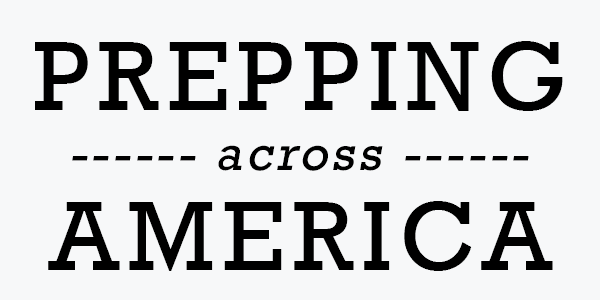Preparing for unexpected events—be it natural disasters, economic disruptions, or personal emergencies—might seem overwhelming or even unnecessary to some. However, as recent global events have shown, having a preparedness plan can make the difference between thriving and merely surviving during challenging times. So, is prepping worth it? Let’s explore why the answer is a resounding yes and how you can start without feeling overwhelmed.
Why Prepping Matters
Prepping is about more than just stocking up on supplies. It’s about building resilience, gaining peace of mind, and ensuring you and your loved ones are ready for the unexpected. Here are some compelling reasons why prepping is worth the effort:
- Peace of Mind: Knowing you have a plan in place can reduce anxiety about potential disasters.
- Self-Reliance: Prepping empowers you to take control of your safety and well-being.
- Cost-Effective in the Long Run: Being prepared can save you money during emergencies by avoiding price surges or last-minute purchases.
- Protecting Loved Ones: Prepping ensures you can provide for and protect your family in times of crisis.
- Adaptability: A prepared mindset helps you navigate unexpected challenges with greater confidence.
Common Misconceptions About Prepping
Many people hesitate to start prepping due to misconceptions. Let’s debunk a few:
- Myth: Prepping is Only for Doomsday Scenarios
Reality: Prepping is practical and can include preparing for everyday challenges like power outages, job loss, or severe weather events. - Myth: Prepping is Expensive
Reality: Prepping doesn’t require an enormous budget. Start small by building a basic emergency kit or setting aside a few extra supplies each week. - Myth: Prepping is Paranoid
Reality: Prepping is about being proactive, not paranoid. It’s a practical approach to managing risk and uncertainty.
How to Start Prepping
Getting started with prepping doesn’t need to be complicated or overwhelming. Follow these steps to begin your journey:
- Assess Your Needs: Consider your family’s unique needs, including medical requirements, dietary preferences, and local risks (e.g., hurricanes, earthquakes).
- Build a Basic Emergency Kit: Include essentials such as:
- Water (one gallon per person per day for at least three days)
- Non-perishable food
- Flashlights and batteries
- First-aid supplies
- Medications
- Important documents in a waterproof container
- Create an Emergency Plan: Outline steps your family will take during different scenarios. Include evacuation routes, communication plans, and designated meeting points.
- Stay Informed: Monitor local news and weather alerts. Apps and tools like FEMA’s mobile app can provide timely updates.
- Practice and Update: Regularly review and update your supplies and plans. Practice emergency drills with your family to ensure everyone knows what to do.
Real-Life Examples of Why Prepping Works
Prepping has proven its worth in countless real-life scenarios:
- Hurricane Preparedness: Families with emergency kits and evacuation plans fared better during hurricanes like Katrina and Sandy compared to those who waited for last-minute assistance.
- Economic Hardship: Individuals with food and financial reserves managed economic downturns more smoothly.
- Pandemic Challenges: Households with adequate supplies of essentials faced fewer disruptions during the COVID-19 pandemic.
Take Action Today
The key to successful prepping is starting small and staying consistent. Here’s what you can do today:
- Gather a basic emergency kit if you don’t already have one.
- Research risks specific to your region and create a plan to address them.
- Start building a stockpile of non-perishable food and water.
- Discuss emergency plans with your family to ensure everyone is on the same page.
Prepping isn’t about fear—it’s about empowerment. By taking simple, intentional steps today, you can safeguard your future and approach life’s uncertainties with confidence.






